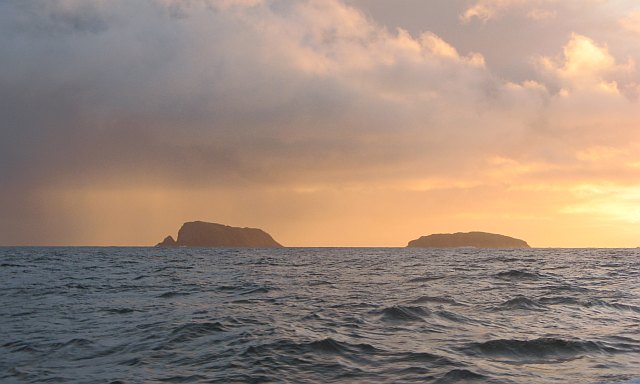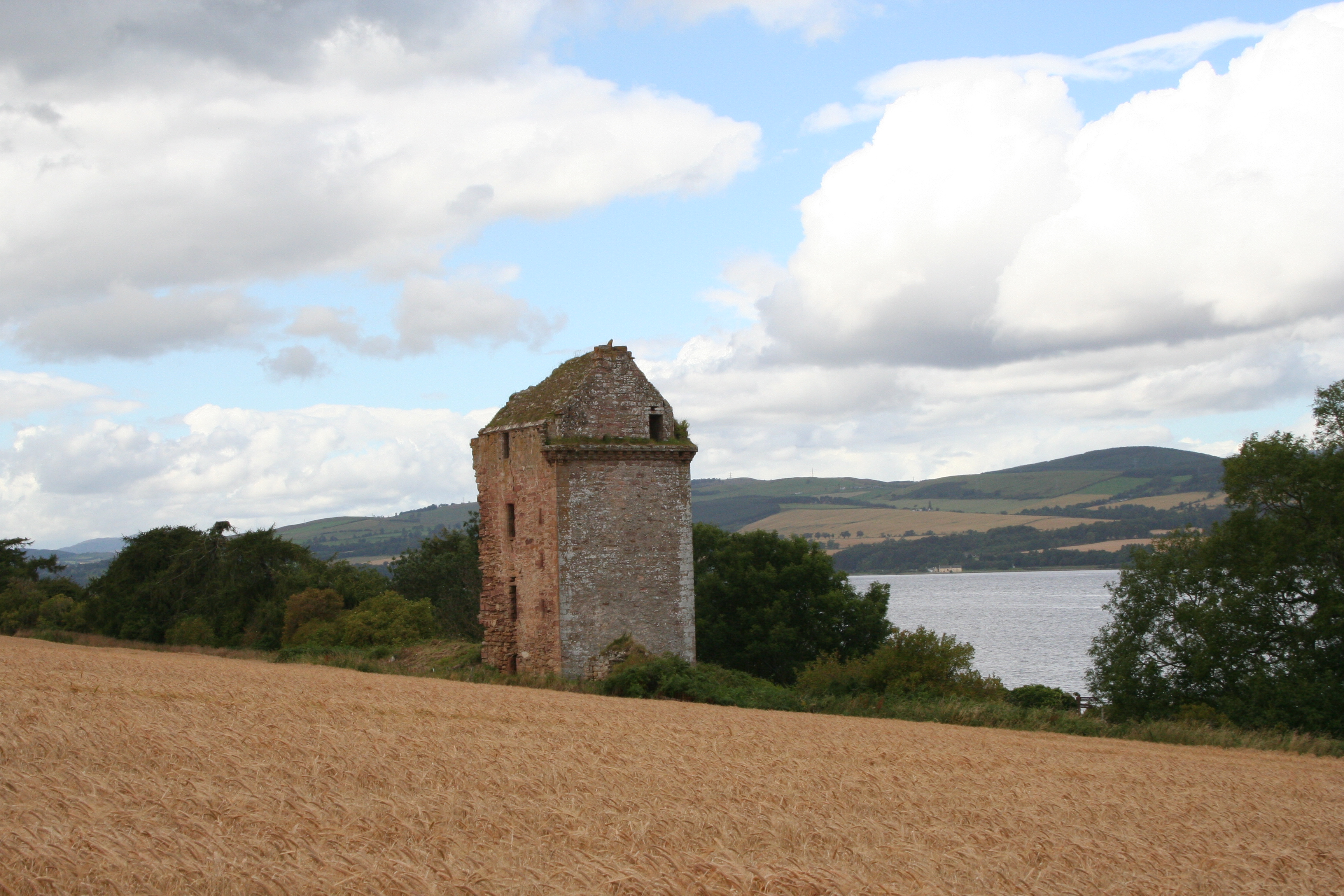|
Seanna Chnoc
Seanna Chnoc (English: "old hill"), correctly known as Seana Bheinn is an islet in outer Loch Ròg, Lewis Lewis may refer to: Names * Lewis (given name), including a list of people with the given name * Lewis (surname), including a list of people with the surname Music * Lewis (musician), Canadian singer * "Lewis (Mistreated)", a song by Radiohead ..., Scotland. It lies north west of Great Bernera and Bearasaigh. Stac nam Balg lies offshore to the north and there is a cave in the north west of the island. There is no regular access to the island although boat excursions are available locally. The correct name for the island is Seanna Bheinn and this is the name that has always been in local use by the local population although it is highly likely an earlier Norse name was used. The name Seanna Chnoc was introduced by the Ordnance Survey through the advice of linguistic academics but is unfortunately incorrect. The island appears to have been called Garvilan in the ear ... [...More Info...] [...Related Items...] OR: [Wikipedia] [Google] [Baidu] |
Bearasaigh
Bearasaigh or Bearasay (and sometimes Berisay) is an islet in outer Loch Ròg, Lewis, Scotland. During the late 16th and early 17th centuries it was used as a pirates' hideout and the remains of various buildings from that period still exist. In the modern era its cliffs are used for rock-climbing. Geography Bearasaigh lies north west of Great Bernera, Little Bernera and Flodaigh (flat island) and south of Seanna Chnoc (old hill). Although steep-sided the isle has a relatively flat summit. Immediately to the west is Stac an Tùill and there is a sea cave to the north east. The deep sea channel between Bearasaigh and Seanna Chnoc is said to be "troublesome" when the wind opposes the tidal current. Pirate's redoubt In the 16th century the island was the retreat of Neil MacLeod, the Lewis patriot and illegitimate son of the clan chief of the MacLeods of Lewis, Old Ruari. In 1598 King James VI had authorised some " Gentleman Adventurers" from Fife to civilise the "most barbarou ... [...More Info...] [...Related Items...] OR: [Wikipedia] [Google] [Baidu] |
Ordnance Survey
Ordnance Survey (OS) is the national mapping agency for Great Britain. The agency's name indicates its original military purpose (see ordnance and surveying), which was to map Scotland in the wake of the Jacobite rising of 1745. There was also a more general and nationwide need in light of the potential threat of invasion during the Napoleonic Wars. Since 1 April 2015 Ordnance Survey has operated as Ordnance Survey Ltd, a state-owned enterprise, government-owned company, 100% in public ownership. The Ordnance Survey Board remains accountable to the Secretary of State for Business, Energy and Industrial Strategy. It was also a member of the Public Data Group. Paper maps for walkers represent only 5% of the company's annual revenue. It produces digital map data, online route planning and sharing services and mobile apps, plus many other location-based products for business, government and consumers. Ordnance Survey mapping is usually classified as either "Scale (map), large-sc ... [...More Info...] [...Related Items...] OR: [Wikipedia] [Google] [Baidu] |
Outer Hebrides
The Outer Hebrides () or Western Isles ( gd, Na h-Eileanan Siar or or ("islands of the strangers"); sco, Waster Isles), sometimes known as the Long Isle/Long Island ( gd, An t-Eilean Fada, links=no), is an island chain off the west coast of mainland Scotland. The islands are geographically coextensive with , one of the 32 unitary council areas of Scotland. They form part of the archipelago of the Hebrides, separated from the Scottish mainland and from the Inner Hebrides by the waters of the Minch, the Little Minch, and the Sea of the Hebrides. Scottish Gaelic is the predominant spoken language, although in a few areas English speakers form a majority. Most of the islands have a bedrock formed from ancient metamorphic rocks, and the climate is mild and oceanic. The 15 inhabited islands have a total population of and there are more than 50 substantial uninhabited islands. The distance from Barra Head to the Butt of Lewis is roughly . There are various important preh ... [...More Info...] [...Related Items...] OR: [Wikipedia] [Google] [Baidu] |
Comhairle Nan Eilean Siar
Comhairle nan Eilean Siar (, for, , Scottish Gaelic, Council of the Western Isles) is the local government council for ''Na h-Eileanan Siar'' (the Outer Hebrides) council area of Scotland."Areas of Scotland" ourscotland.co.uk. Retrieved 1 June 2010."Place-names of Scotland" scotlandsplaces.gov.uk. Retrieved 1 June 2010. It is based in in the . Name ...[...More Info...] [...Related Items...] OR: [Wikipedia] [Google] [Baidu] |
Loch Ròg
Loch Ròg or Loch Roag is a large sea loch on the west coast of Lewis, Outer Hebrides. It is broadly divided into East Loch Roag and West Loch Roag with other branches which include Little Loch Roag. The loch is dominated by the only inhabited island Great Bernera and East Loch Roag is actually referred to as Loch Bernera on early maps, most notably Murdoch MacKenzie's original Admiralty Chart from 1776. The use of west and east to differentiate the sections of the loch appear from the original Ordnance Survey in the 19th century. History The burial of a Viking woman was discovered on in the area of Loch Roag and this ties in with a local tradition of a Viking princess. Even older human settlement has also been seen in the archaeology of the area. Dun Carloway broch was the site of the discovery of traces of the Beaker people. There is a recreated Iron Age house on Bernera at the Bosta Iron Age House. The Callanish Stones in the Loch Ròg area were erected roughly 5,000 years ago ... [...More Info...] [...Related Items...] OR: [Wikipedia] [Google] [Baidu] |
Isle Of Lewis
The Isle of Lewis ( gd, Eilean Leòdhais) or simply Lewis ( gd, Leòdhas, ) is the northern part of Lewis and Harris, the largest island of the Western Isles or Outer Hebrides archipelago in Scotland. The two parts are frequently referred to as if they were separate islands. The total area of Lewis is . Lewis is, in general, the lower-lying part of the island: the other part, Harris, is more mountainous. Due to its larger area and flatter, more fertile land, Lewis contains three-quarters of the population of the Western Isles, and the largest settlement, Stornoway. The island's diverse habitats are home to an assortment of flora and fauna, such as the golden eagle, red deer and seal, and are recognised in a number of conservation areas. Lewis has a Presbyterian tradition and a rich history. It was once part of the Norse Kingdom of the Isles. Today, life is very different from elsewhere in Scotland, with Sabbath observance, the Scottish Gaelic language and peat cutting re ... [...More Info...] [...Related Items...] OR: [Wikipedia] [Google] [Baidu] |
Great Bernera
Great Bernera (; gd, Beàrnaraigh Mòr), often known just as Bernera ( gd, Beàrnaraigh), is an island and community in the Outer Hebrides of Scotland. With an area of just over , it is the thirty-fourth largest Scottish island. Great Bernera lies in Loch Roag on the north-west coast of Lewis and is linked to it by a road bridge. Built in 1953, the bridge was the first pre-stressed concrete bridge in Europe. The main settlement on the island is Breaclete (Gaelic: ''Breacleit''). The island, under the name of "Borva", was the setting for ''A Princess of Thule'' (1873) by the Scottish novelist William Black. The novel is notable for its descriptions of the local scenery. History The island's name is Norse in origin and is derived in honour of Bjarnar, father of the Norse Chieftain of Lewis Ketil Bjarnarson (or the Flatneif). The vast majority of placenames in the district are similarly Norse, implying extensive Viking settlement. The most common name on Great Bernera is Ma ... [...More Info...] [...Related Items...] OR: [Wikipedia] [Google] [Baidu] |
National Library Of Scotland
The National Library of Scotland (NLS) ( gd, Leabharlann Nàiseanta na h-Alba, sco, Naitional Leebrar o Scotland) is the legal deposit library of Scotland and is one of the country's National Collections. As one of the largest libraries in the United Kingdom, it is a member of Research Libraries UK (RLUK) and the Consortium of European Research Libraries (CERL). There are over 24 million items held at the Library in various formats including books, annotated manuscripts and first-drafts, postcards, photographs, and newspapers. The library is also home to Scotland's Moving Image Archive, a collection of over 46,000 videos and films. Notable items amongst the collection include copies of the Gutenberg Bible, Charles Darwin's letter with which he submitted the manuscript of ''On the Origin of Species,'' the First Folio of Shakespeare, the Glenriddell Manuscripts, and the last letter written by Mary Queen of Scots. It has the largest collection of Scottish Gaelic materia ... [...More Info...] [...Related Items...] OR: [Wikipedia] [Google] [Baidu] |
Donald Monro (Dean)
Donald Monro (or Munro) ( fl. 1526–1574) was a Scottish clergyman, who wrote an early and historically valuable description of the Hebrides and other Scottish islands and enjoyed the honorific title of "Dean of the Isles". Origins Donald Monro was born early in the 16th century, the eldest of the six sons of Alexander Munro of Kiltearn, by Janet, daughter of Farquhar Maclean of Dochgarroch. His father was a grandson of George Munro, 10th Baron of Foulis (Chief of the Clan Munro)Alexander Ross, ''The Reverend Donald Munro, M.A., High Dean of the Isles'', in The Celtic Magazine (volume 9, 1884), at pages 142 to 144. and his maternal grandfather was Farquhar MacLean of Dochgarroch, (''Fearchar Mac Eachainn'') Bishop of the Isles from 1529 to 1544.MacLeod (2004) p. 23 On Farquhar's resignation the bishopric passed to his son, and Donald Monro's uncle, Roderick MacLean (''Ruaidhri Mac Gill-Eathain''). Career Monro became the vicar of Snizort and Raasay in 1526MacLeod (2004) p. 2 ... [...More Info...] [...Related Items...] OR: [Wikipedia] [Google] [Baidu] |





